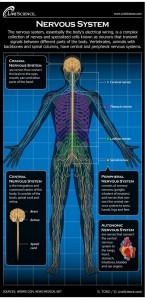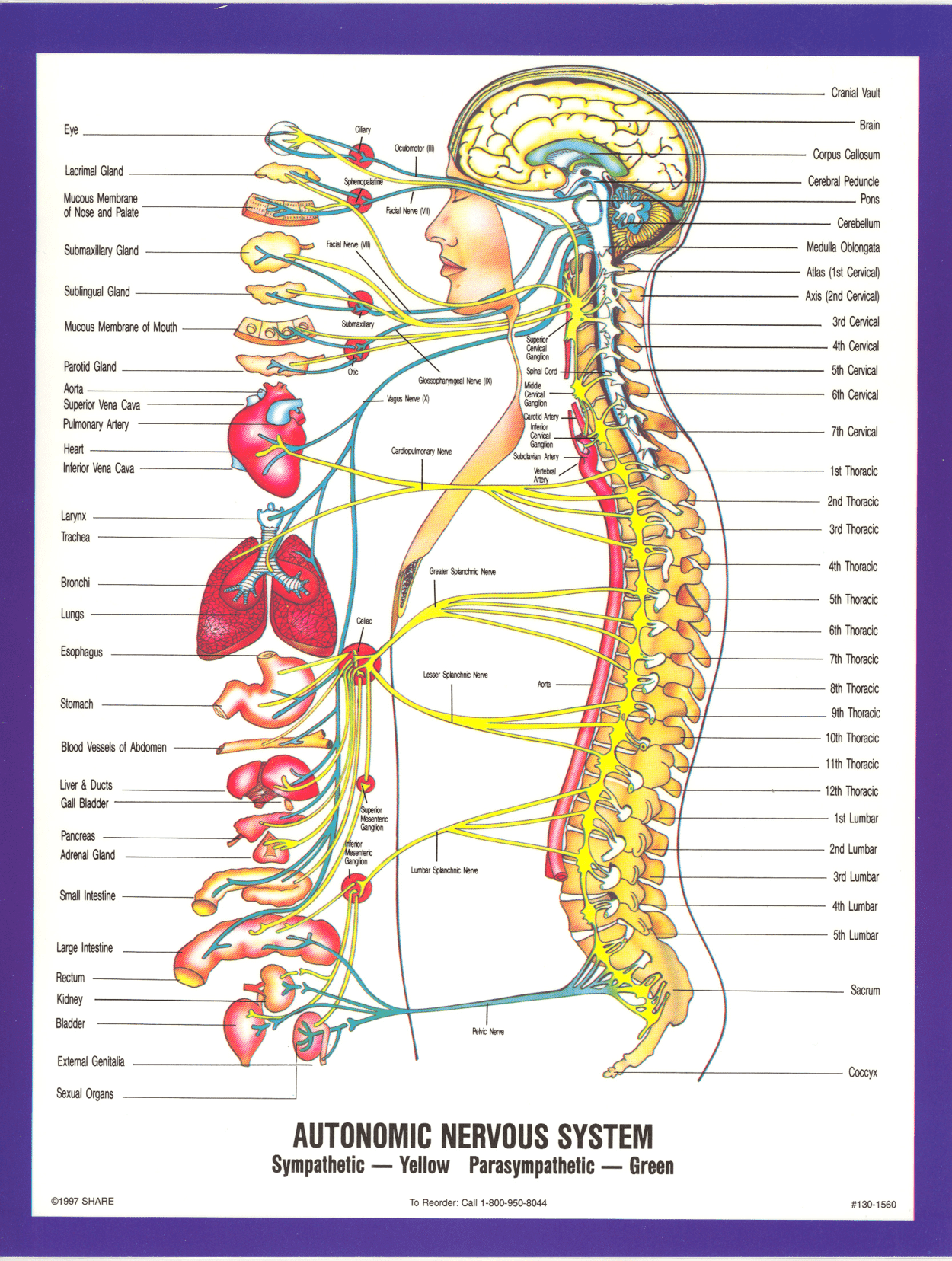Yoga’s Primary Benefits
Honestly, yoga’s primary benefits are still unknown. Our science isn’t good enough yet. Not really. Science is just starting to catch up to the power of some of the world’s most ancient healing traditions and are learning their meaning in a whole new light. Yoga’s primary benefit is certainly related to the functioning of the central and peripheral nervous systems, but how is something that has yet to be explained. The Ujjayi breathing technique, or breathing slowly through the nose is almost certainly related to yoga’s primary benefits; how is something that we have yet to learn. The Western world is slowly learning that the Eastern traditions, medicines, healing techniques, and ritualistic traditions are grounded in some serious observational science, even if it isn’t quantifiable and measurable by current methodologies and technologies. Even if the causes aren’t completely explained. This is happening in Acupuncture, herbology, nutrition, Ayurveda, and even Yoga is one particular field where we are learning a lot about how beneficial something as simple as breath control can be. The human body is more complex than we can currently understand; we are continually learning more about the human ecosystem that is what we define as our body.
Yoga is one particular tradition that reaches very far back in civilization, but our scientific knowledge about how yoga can help the body to heal is fairly rudimentary. We know from clinical studies that yoga helps with sleep duration and quality of sleep, we also know that it helps with anxiety, depression, and stress. But yoga in our modern society mostly means exercise, something that is vastly under-rated in American culture and in our society; 66% of Americans are overweight.
Yoga almost certainly has benefits to the endocrine system, the respiratory system, the circulatory system, the heart, and the digestive system, but many of these benefits have yet to be measured. Even our understanding of the functioning of the respiratory system is still somewhat archaic, especially in terms of the lungs interacting with the heart, especially in the paradigm of disease. We have a lot to learn, but another, even more powerful benefit that we are learning about is the control one gains over the nervous system.
Yoga and the Nervous System
The nervous system is the central source of energy for your body; the electricity in your body is the fundamental source of energy for your body and therefore your consciousness to exist. The electricity that runs down your spine and into your peripheral nervous system, or the legs, torso, arms, organs, and every other part of your body is a continually firing process that continues from before birth and ends with our final breath. This is what allows us to be alive and is the fuel for our internal fire, passion, love, and existence.
This nervous system that we have evolved into over billions of years is extremely adaptive; different aspects of it have partitioned and specialized; we have a parasympathetic part of the autonomic nervous system and a sympathetic part; a conscious part of the nervous system and an unconscious part of the nervous system.
Yoga and Stress Regulation
The parasympathetic autonomic system is largely outside of conscious control and regulates most of the “background activities” of the body, such as digestion, sexual activity and arousal, urination, etc. The sympathetic nervous system allows us to control our fight or flight response or panic responses. Yoga allows us to tap into both of these systems  and influence their activities and awareness breeds control, making awareness of the proprioception of the nervous system a primary benefit as well. That’s why balancing in yoga is such an important part of the practice.
and influence their activities and awareness breeds control, making awareness of the proprioception of the nervous system a primary benefit as well. That’s why balancing in yoga is such an important part of the practice.
One of yoga’s greatest benefits that is also a byproduct of meditation is alleviation of tension from the muscles, cortisol from the bloodstream (stress hormone), and slowing down of the heart and therefore circulatory system. Control over the nervous system helps us to do this because it allows everything else to slow down as a result of slowing the mind, and allowing the body to reach equilibrium and decompress. This can help us to fully relax in preparation for strenuous activity and the two can balance each other out really nicely because of yoga’s benefit to slowing the nervous systems.
I’ve done yoga in airports, on airplane bathrooms, in buses, in random hotel rooms, in airplanes, in cars, in RV’s, while camping, after long days of strenuous activity, etc and I will always use it to keep my circulatory system “feeling good” while traveling. The benefits of yoga for the body are undeniable and we are just starting to learn about the real consequences of this powerful, healthy, spiritual, and enlightening practice.
sources:

